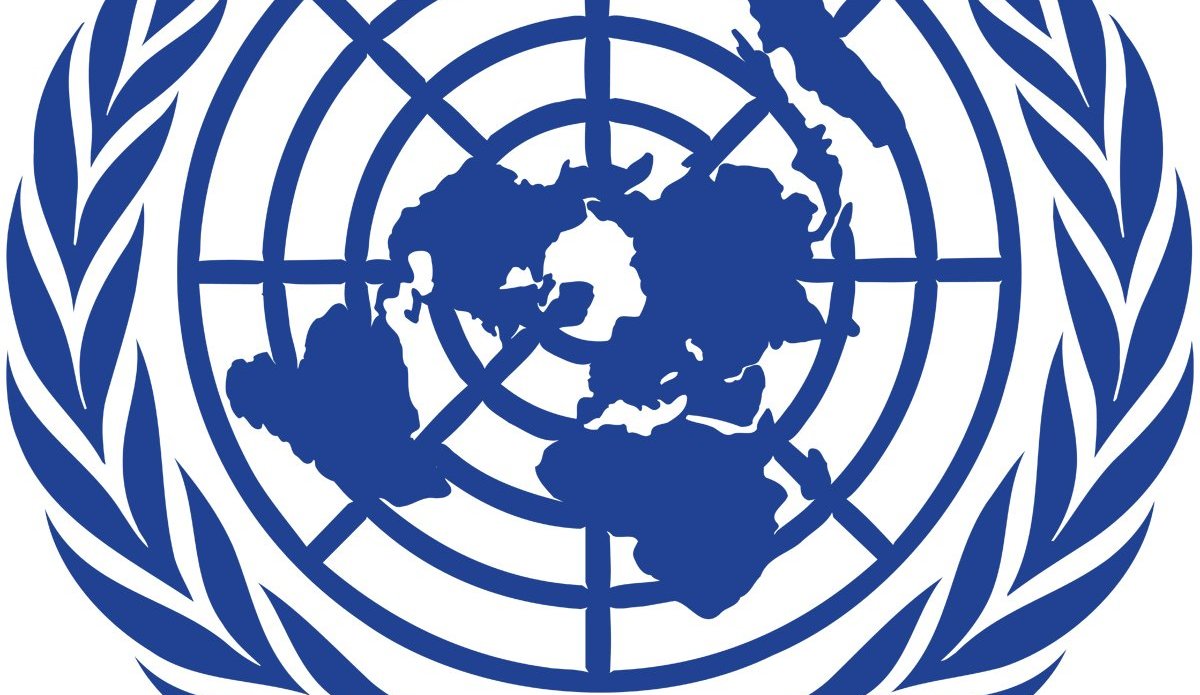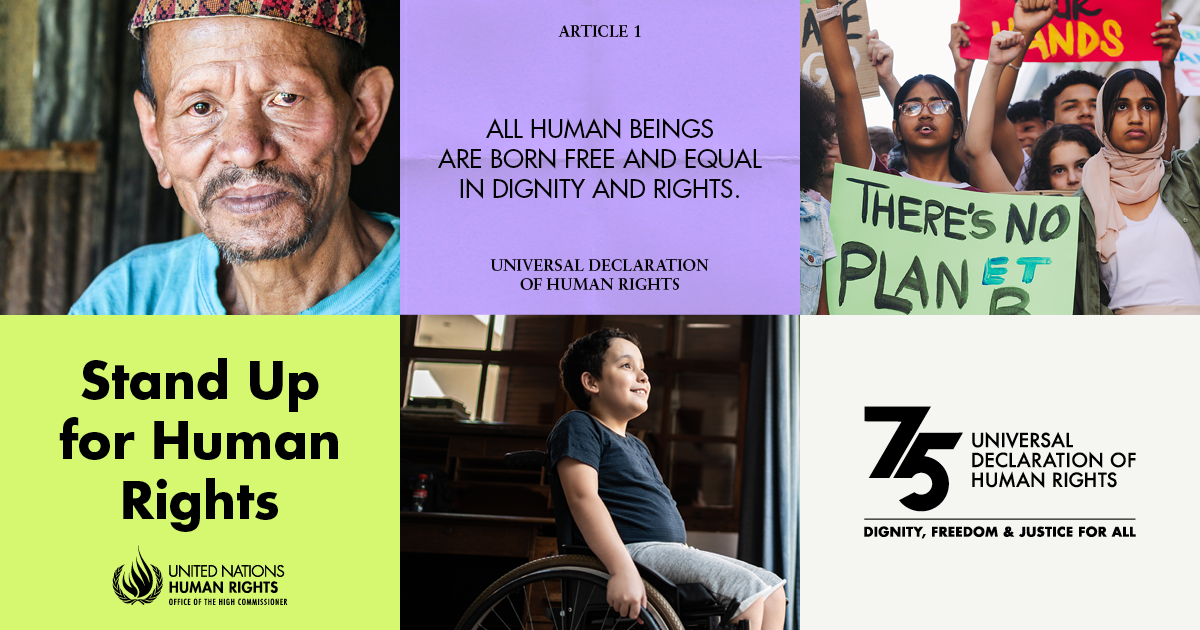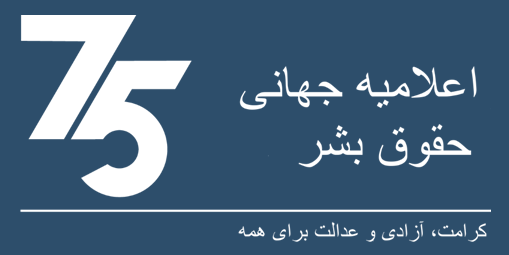Civilian casualties in Afghanistan spike to record-high levels – UN report
KABUL - Figures released today by the UN Assistance Mission in Afghanistan (UNAMA) showing record-high levels of civilian casualties in the third quarter of 2019 indicate an urgent need for all parties to the conflict to do more to protect civilians from harm.
Overall, in the first nine months of 2019, UNAMA documented 8,239 civilian casualties (2,563 killed and 5,676 injured) – similar high levels of harm experienced by Afghanistan’s civilian population in the corresponding nine-month periods from 2014 to the present. And in the latest quarter, UNAMA documented an unprecedented number of civilian casualties.
Verified civilian casualties from 1 July to 30 September increased by 42 per cent in comparison to the same period in 2018. Moreover, in July, UNAMA documented the highest number of civilian casualties ever recorded in a single month since the United Nations began its systematic documentation of civilian casualties in Afghanistan in 2009.
After overall civilian casualty numbers declined in the first six months of this year, largely due to a decrease in the number of civilian casualties caused by anti-government elements, the sharp increase in the recent quarter is due most of all to the civilian casualties caused by anti-government elements. There is also the increase from 1 January to 30 September of civilian casualties caused by aerial and search operations undertaken by pro-government forces.
“Civilian casualties at record-high levels clearly show the need for all parties concerned to pay much more attention to protecting the civilian population, including through a review of conduct during combat operations,” said Tadamichi Yamamoto, the Secretary-General’s Special Representative for Afghanistan.
“The harm caused to civilians by the fighting in Afghanistan signals the importance of peace talks leading to a ceasefire and a permanent political settlement to the conflict; there is no other way forward,” said Yamamoto, who is also head of UNAMA. “Civilian casualties are totally unacceptable, especially in the context of the widespread recognition that there can be no military solution to the conflict in Afghanistan.”
During the nine-month period covered in the report, the combined use of suicide and non-suicide IEDs was the leading cause of civilian casualties, making up 42 per cent of the overall total. Ground engagements were the second leading cause of civilian casualties (29 per cent) followed by aerial attacks (11 per cent), which caused the majority of civilian deaths during the period.
The report indicates that from 1 January to 30 September, anti-government elements caused 5,117 civilian casualties (1,207 killed and 3,910 injured), accounting for 62 per cent of all civilian casualties during the period. UNAMA found that pro-government forces caused 2,348 civilian casualties (1,149 killed and 1,199 injured), a 26 per cent increase from the same period in 2018.
In addition to detailing civilian casualties and their causes, UNAMA’s latest report indicates that 41 per cent of all civilian casualties in Afghanistan were women and children. In the first nine months of 2019, UNAMA documented 923 women casualties (261 killed and 662 injured) and 2,461 child casualties (631 killed and 1,830 injured).
“The impact of Afghanistan’s conflict on civilians is appalling; every verified number is a person, someone’s relative – mother, father, daughter, son,” said Fiona Frazer, UNAMA’s Human Rights Chief. “The United Nations will continue its advocacy work with all parties to the conflict until Afghanistan reaches the only acceptable number of civilians killed and injured in the conflict: zero.”
The United Nations reiterates its call for all parties to the conflict to uphold their obligations to protect civilians from harm and strictly adhere to their obligations under international humanitarian law, at all times.
The full UNAMA Protection of Civilians in Armed Conflict 2019 quarterly report is available here: http://unama.unmissions.org/protection-of-civilians-reports.
* * *
UNAMA’s verification methodology and the standard of proof
For the purposes of its protection of civilians reports, UNAMA only includes verified civilian casualties. Civilian casualties are recorded as ‘verified’ where, based on the totality of the information it has reviewed, UNAMA has determined that there is ‘clear and convincing’ evidence that civilians have been killed or injured. In order to meet this standard, UNAMA requires at least three different and independent types of sources, i.e. victim, witness, medical practitioner, local authorities, confirmation by a party to the conflict, community leader or other sources. Wherever possible, information is obtained from the primary accounts of victims and/or witnesses of the incident and through on-site fact-finding.
These forms of fact-finding are not always possible, primarily due to security-related constraints affecting access. In such instances, UNAMA relies on a range of techniques to gain information through reliable networks using as wide a range of sources and information as possible, all of which are evaluated for credibility and reliability. These techniques include examination of digital evidence gathered at the scene of incidents such as still and video images as well as audio recordings; visits to hospitals and medical facilities; reports of the United Nations Department of Safety and Security and other United Nations entities; accounts by secondary sources; information gathered by non-governmental organizations (NGOs) and other third parties; and the parties to the conflict themselves. UNAMA proactively consults sources of different genders, as well as individuals belonging to minority racial, religious and ethnic groups, and marginalized sectors of society, to ensure a variety of opinions and reduce risk of any particular bias.
Where UNAMA is not satisfied with the quantity or quality of information concerning civilian casualties, it will not consider it as verified. UNAMA’s reports do not include unverified incidents. UNAMA shares information about incidents with parties to the conflict to ensure accuracy in its reporting, to assist the parties to take preventative and mitigating measures, and to promote accountability, including providing compensation to victims.
 UN
UN







